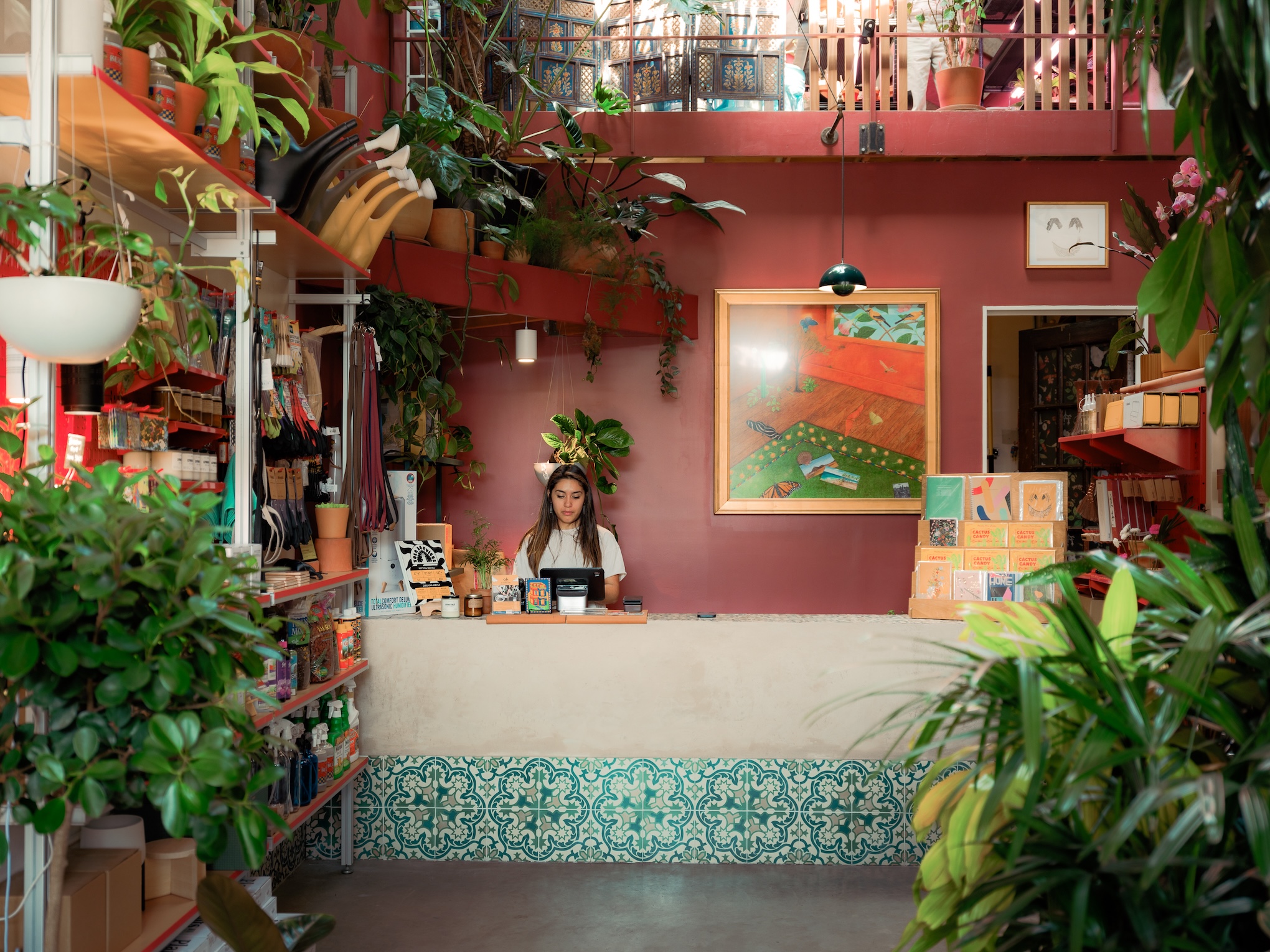
Highlights
- Marginal cost is the change in cost per unit with increased production.
- Marginal benefit is what consumers are willing to pay for additional units plus the additional benefits they receive.
- Total benefit is all the benefits accumulated over time.

If you produce goods to sell, knowing how to calculate marginal cost and marginal benefit is essential, whether you want to sell wholesale to retailers, directly to consumers, or both. Understanding these metrics will help you decide how much inventory to produce, as well as what to charge. Let’s get you up to speed on exactly what marginal cost and marginal benefit are, the formulas for calculating them, and how to leverage each to your business’s benefit.
What is marginal cost?
When you choose to produce one more unit of a product or service, it costs your business money. That fluctuation of the cost per unit is your marginal cost. While overall costs go up somewhat as you produce more units, the cost per unit also typically goes down. That means you may get a better return on investment as you increase production volume if there is a market for your product.
The formula:
Marginal cost = Change in total cost / Change in total quantity
Marginal cost includes fixed as well as variable costs, including labor, equipment, raw materials, shipping, storage, and other production expenses. To brush up on some wholesale basics, take a look at this article for tips on pricing, case sizes, and order minimums.
When you know your marginal cost, you can pinpoint the ideal volume of production and the right price to attract customers and ultimately turn a profit. This number is key, especially when you’re starting out—it will help you determine how much you can afford to produce while minimizing deadstock.
How to calculate marginal cost
As an example, let’s imagine you produce small wax candles that require $1 of raw materials per unit, and there are $5,000 of fixed costs each month to maintain the machinery and factory space where the candles are produced and pay employees to complete the production.
If you produce 1,000 candles per month, then each candle requires $5 in fixed costs from the $5,000 in machinery, factory, and labor required to produce it.
Each candle would also require $1 in variable costs from the raw materials regardless of how many you produce, coming to a marginal cost of $3 per unit.
So, that means the overall marginal cost would go down to $3.50 if you produce 2,000 candles, and so on.
What is marginal benefit?
Marginal benefit, also referred to as marginal revenue, is the additional revenue made by selling one more item. It represents the maximum amount a consumer is willing to pay for an additional unit of a product. For instance, if a buyer loves your air-dried noodles, you could produce more units and even package them together to increase your profit.
The formula:
Marginal benefit = Change in total benefit / Change in number of units consumed
Of course, more isn’t always better for consumers. While consumers do usually continue to get more satisfaction from each additional unit of a product that they purchase, the increase in this benefit will likely taper off at some point for most retail goods. For example, a shopper will buy one large hand-crafted artisanal vase, but they probably don’t want or need a second one, so keep your product line in mind.
Since consumers tend to get less utility or satisfaction out of a product the more units they purchase, marginal revenue will decrease as you continue producing more units of your products.
That means you’ll have to strike a balance between how many units you produce, how much to charge for them, and when to increase and decrease production.
Final thoughts
With these formulas in your back pocket, you’ll be able to scale your production thoughtfully and responsibly. With the right calculations, you can increase your output, make a profit, and stay within your budget.




